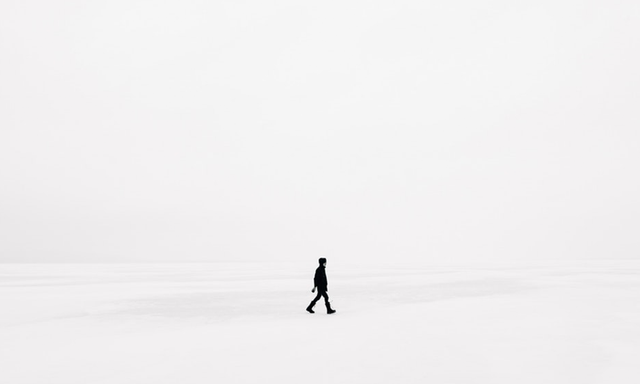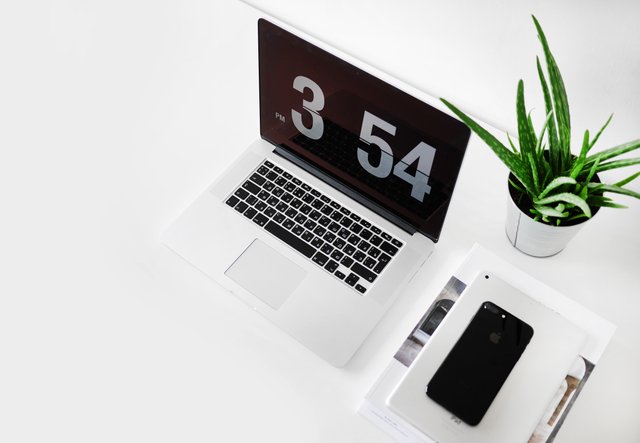Simple doesn't mean minimal
Our high-technology lives keep us distracted all the time. Boredom does not exist anymore. We seemed to never have enough. Not enough of things we keep surrounding ourselves with. We never have enough time. No time for sleep. Oversaturated imbalanced lives of individuals living in the internet age.
We are overwhelmed with content and information. It's not surprising then that simplification and efficiency became an obsession for our society. Striving for peace of mind and uncluttered environment the Minimalist aesthetics has been served to masses. Buzz phrases “keep it simple” or “less is more” spread to every aspect of our personal and professional lives. That's why I think simplicity and minimalism are often confused. Especially it the designer's jargon these two words became almost synonyms.
Simplicity, by definition, is freedom from complexity; absence of luxury. Minimalism, on the other hand, is a movement which arose in 1950's. It's defined by all t hings pure. Minimalism highlights the beauty of shape and form, removing any excess detail from the space.
The designer's role
Minimalism is one of the core values of design because it is important to learn how to reduce a design to it’s simplest form. I'd argue that we as a designer should strive to create simple products rather than minimal. But how does a simple product look like? Is it the one with a lot of white space? Or the one with minimum choices?
The idea of simplifying comes naturally in hand with reduction. Minimalism reduces the details leaving space for the beauty of materials, shapes, and space itself. Tim Brown defined minimalism as a style which as such comes with reduced usefulness: “It represents a reaction to complexity whereas simplicity relies on an understanding of the complex.”
Simple products, on the other hand, are not necessarily minimalistic. Simple products feel minimalistic. It's about the ease of use and your experience. Form and function should create a harmonious balance. I tend to joke about this and compare it to designer's utopia - a place where digital and product exist in together creating beautiful, functional design.
Designer's guilt
We, designers, are guilty of oversimplifying our work and products. Looking for the perfect aesthetics we're compromising the usability of a product. Or website. Or any other design. When creating an information architecture or user flow we tend to think that people would easily guess the next step. That the meaning of the icons is obvious without labels.
The problem goes deeper - for example oversimplifying and removing features, labels, buttons might create an environment without challenges. A linear process. Which might seem at first like a good thing, right? You've created an environment without visual clutter, the one that will allow people to do just the things they need. To solve their problems. Sometimes it's as simple as clicking one button.
Well, this approach turned out to be bad as well. People are naturally triggered by a challenge. We need to feel like we have accomplished something. Susan Wienschek has written about this behavior in her book - 100 things every designer needs to know about people. Her point is that this kind of environment is non-engaging and doesn't ensure the feeling of control. Which is crucial for human beings.
Minimalism vs Simplicity
Simplicity is about comprehension and clarity of purpose.
Simplicity is not a style like minimalism where a thing might be limited in its usefulness. I love the idea that simplicity is about comprehension and clarity of purpose. So we would not oversimplify things just for the sake of it. Rather we will create an environment that has just enough clarity.
A comment thread at the bottom of Tim Brown's article brought some bright ideas on the topic. This one especially resonated with me: "I think it’s just a matter of the meaning you associate with the two words “simplicity” and “minimalism”. In some situations they can mean exactly the same thing, in others, they express the difference you’re explaining.” - Folletto Malefico
Malefico's answer might be “it depends”. Because really - whether you'll use one word or another depends on the particular situation. The key point here, especially for designers out there is to remember the differences and create solutions to problems that depends on users and business perspective. That's what should matter to us after all.
What are your thoughts about minimalism and simplicity? Would love to hear your opinions.
If you liked this article make sure to hit Upvote☝️. For more information about me or my work check my Instagram 🙌




In this age of consumerism and overdoing everything, I think is great to spread the world about minimalism. Good job, liked it :)
Thank you, I'm really glad that you like it :) and welcome to Steemit !
Hi there,
Im starting new FB group for designers and design lovers on Steemit to post their articles and support each other.
https://www.facebook.com/groups/SteemitDesigners/